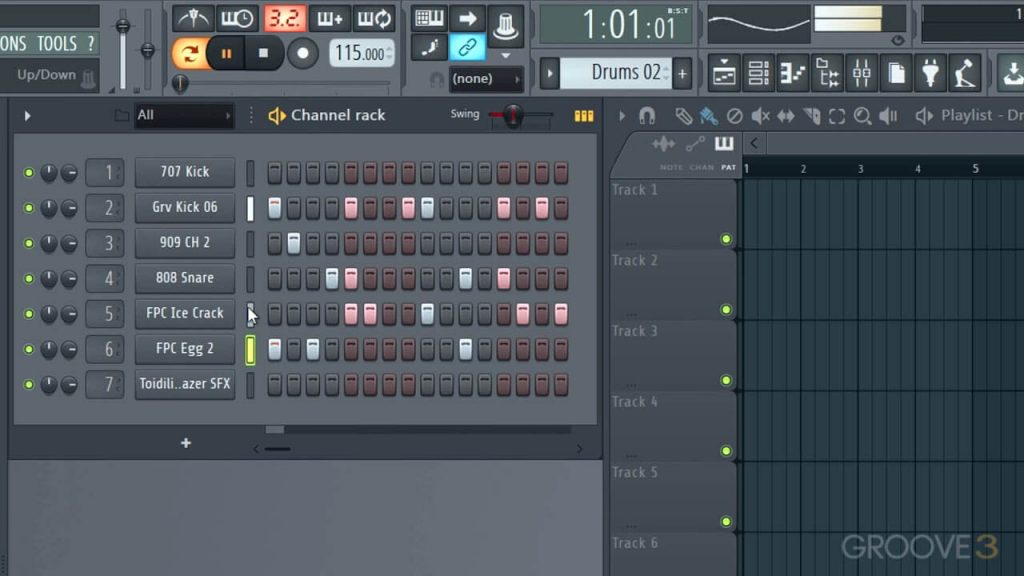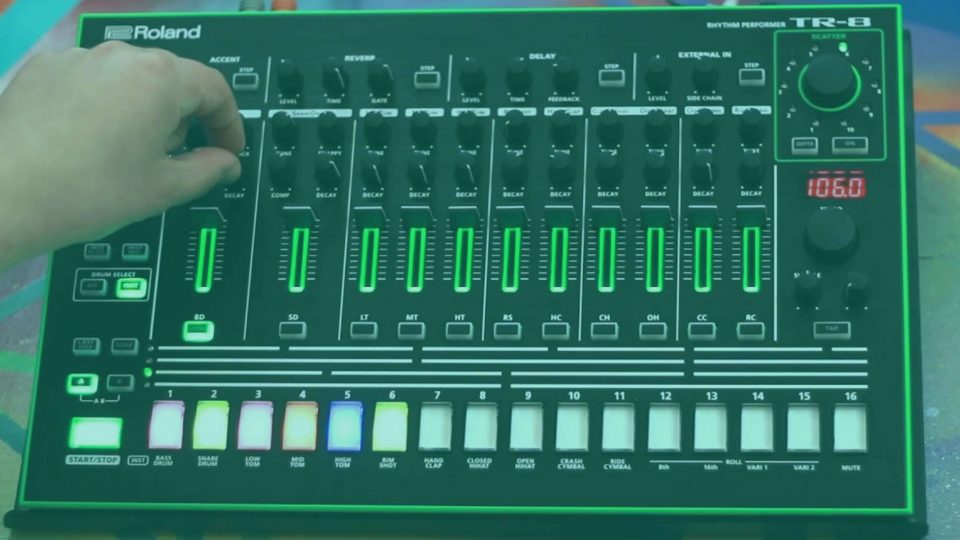How to Use a Step Sequencer and Excite Your Rhythms
Entering the world of electronic music production shows you ideas and terminology that you may have never heard before. For example, one of those terms is “sequencing”. But, more specifically, we’re looking at how to use a step sequencer.
A step sequencer is an amazing tool that allows you to write beats, melodies and rhythms without any music theory behind you.
Whatsmore is that many controllers, such as the Maschine Mikro 3, operate as MIDI controllers and step sequencers (and more still). In contrast, pasting notes into your DAWs virtual step sequencer and piano roll can take the fun out of composing. In fact, if you find that this affects you then a MIDI step sequencer or controller is for you.
What is a Step Sequencer?
A step sequencer allows you to create a loop by programming notes and, in some cases, effects in sequential order. Compared to sequencers you’d find on some drum machines or synthesizers, step sequencers are more specific. In essence, by chopping a bar into “steps”, you can determine which steps a specific instrument or effect will play on within that bar.
A step sequencer allows you to create a loop by programming notes and, in some cases, effects in sequential order.
A 16 step sequencer, which the FL Studio step sequencer is, breaks a bar down into 16 steps. Each step is the same 16th note in the bar, and sixteen 16th notes make a whole bar in 4/4 time.

Above, you can see the FL Studio step sequencer. In this example, there are 16 individual steps per row. The contrast in grey and burgundy highlights where the beats of the bar are. For example, the first 4 steps in each row are grey – and the first step marks the first beat of the bar. The 3 grey steps after the first step mark the three off beats. When the first burgundy step plays, this marks the second beat of the bar.
These 16 steps have the same value as one another, and that is a 16th note.
You can program each step one at a time in whatever order you choose. 5 of the 7 channels in the image have been programmed to play a beat using a kick drum, snare drum, and other percussion elements.
As we said, some step sequencers allow you to program effects on individual steps. The FL Studio step sequencer doesn’t let you program effects on individual steps, so let’s pretend it’s like the step sequencer found on the Roland TR-8 drum machine.
The Roland TR-8 does have a built-in effects section. By turning the reverb section on, you can then choose which steps the reverb should play on.
If we wanted to apply reverb to our snare drum on channel 4, we can apply reverb to steps 4 & 10. You’ll notice how the other channels have steps 5 & 12 switched on as well as the snare hit. This is why we’re avoiding putting reverb on these steps because the reverb will apply itself to everything playing on the selected step.
How to Start Sequencing
In the below video, Andy from Roland demonstrates how to use the Roland TR-8 drum machine and its internal step sequencer.
Write beats in minutes by sequencing samples from the Mixxed sample library.
The sampling revolution has risen in popularity and shaped music since the early 1970s. Sample culture continues to transform how millions of artists and producers do their thing in DAWs.
You too can break conventional norms, challenge the status quo, and open Pandora’s box of sound design.
Mixxed works with a growing number of sample labels and contributors to provide you with an affordable sample subscription service that’s more accessible than any before.
You’ll have access to our growing catalogue of loops, one-shots and sound effects that you can browse, download and keep forever for less than $3 a month.
Sign up today to find your sound!
